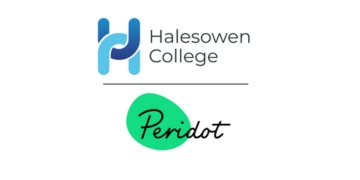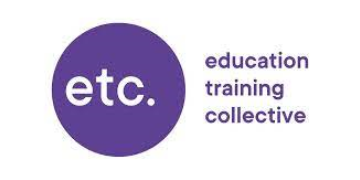The government should spend £340 million a year on a new “student premium” to tackle the “sizeable” attainment gap facing disadvantaged 16- to 19-year-olds, a think tank has said.
Under the policy, in scope sixth formers would attract an extra £1,035 each for FE colleges and providers, matching current secondary school pupil premium.
The report from the Education Policy Institute warned of a “cliff edge” funding drop when economically disadvantaged students enter 16 to 19 education, citing figures that show they are funded “at least one-third higher” in schools.
There have been multiple calls for such a 16 to 19 student premium in the past. Today’s report provides a blueprint of how the government could introduce the policy if ministers ever give it the green light.
In schools, pupils eligible for the pupil premium funding are those who are on free school meals 80 per cent or more of their time in education up to 16.
In adopting this definition, the EPI estimates around 28 per cent (or 329,000 students as of 2021/22) of 16- to- 19-year-olds would be eligible for the student premium.
The report recommends initially modelling the student premium to match the pupil premium rate at a cost of £340 million, equivalent to £1,035 per student in 2023/24.
It also proposed a second scenario, where the government would match the per student rate at which disadvantage is funded in secondary schools through the national funding formula and the pupil premium. This would cost £1,495 per student at a total cost of £491 million.
The final and “least generous” scenario for a student premium would match the proportion of total 16 to 19 funding allocated to the disadvantaged (currently 10 per cent) to match that of secondary schools (13 per cent). The payment would equate £647 per eligible student, taking the total funding to £213 million.
“Making funding comparisons across phases is not straightforward but our scenarios consistently demonstrate that disadvantaged students are funded at least one-third higher in secondary schools than in 16 to 19 education,” the report said.
The EPI did warn that introducing a student premium as its own funding stream could potentially “add further complexity” and bureaucracy to the 16 to 19 funding system.
They added that the DfE should stagger the roll out so it can grow an evidence base of what works and review the rate of the student premium.
Additionally, given that post-16 providers are not required to report how they spend their disadvantaged funding, unlike schools, there is “more limited” information on whether and how targeted students are benefitting from the funding.
The report repeated previous warnings of an attainment gap in disadvantaged students. This cohort were found to be an average of 3.2 grades behind their peers in post-16 education, a slightly higher disparity than the 3.1 grade gap in 2021 and the 2.7 grade gap in 2019.
Emily Hunt, associate director for social mobility and vulnerable learners at the EPI, said: “With the gap between disadvantaged students and their peers at over 3 grades by the end of 16 to 19 education, urgent action is needed to prevent these young people from falling further behind their peers.
“There is no justification for the cliff-edge in funding for disadvantage of almost £1,000 at the point students turn 16. Existing funding is insufficient to offset the educational challenges facing 16 to 19 disadvantaged students, particularly in the context of rising child poverty and the further education sector having seen the largest spending cuts of any education phase since 2010.”
David Hughes, chief executive of Association of Colleges, said: “The report points out that whilst achievement gaps between disadvantaged students and their peers start early, they widen throughout their education, including in the final years to 18. Colleges have been seeing and trying to address the serious impact of poverty on their learners without the targeted additional funding that an extended pupil premium would offer for the most disadvantaged students.”
Pepe Di’Iasio, general secretary of the Association of School and College Leaders, said: “Post-16 education has been persistently underfunded and it is disadvantaged students who suffer the most as a result of this. It’s clear that schools and colleges need more funding and for this to be targeted in a way that makes it easier to support these students.
“In the past ASCL has called for the pupil premium to be reformed to include funding for disadvantaged 16- to 19-year-olds which matches that for younger pupils, and for this to be weighted towards pupils in persistent poverty.
“In time we would like to see funding increased to ensure a consistent approach across 0-19 education, that accounts for varying levels of disadvantage across different communities and is based on detailed analysis of what every young person needs to succeed. Only by putting in place adequate support at every stage can we hope to close the disadvantage gap.”
A Department for Education spokesperson said: “We recognise that too many young people are being held back by their background. That’s why we have committed to working with the sector to make sure that we can break down the barriers to opportunity.”
















It all starts with wealth inequality and gaps along those lines have been widening for decades.
I’d liken education policy to a person with severe dehydration, having a terrible headache and giving them a paracetamol, but no water.
No government seems to want to treat anything other than the symptoms.